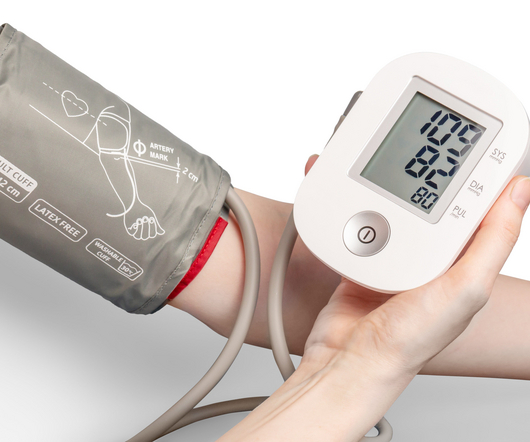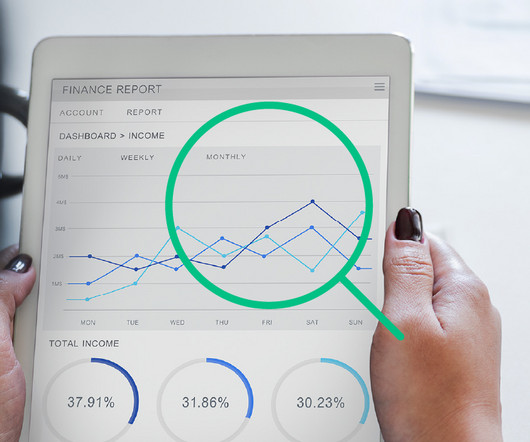How Healthy Is Your Accounts Receivable?
Your Virtual Credit Manager
FEBRUARY 21, 2023
If your AR is deteriorating, you better diagnose the problem as quickly as possible so you don’t incur cash flow problems and bad debt losses. Even so, we still recommend plotting the count-back method for calculating DSO against sales volume and AR balances. Here’s our recommendation for three key metrics to track.













Let's personalize your content